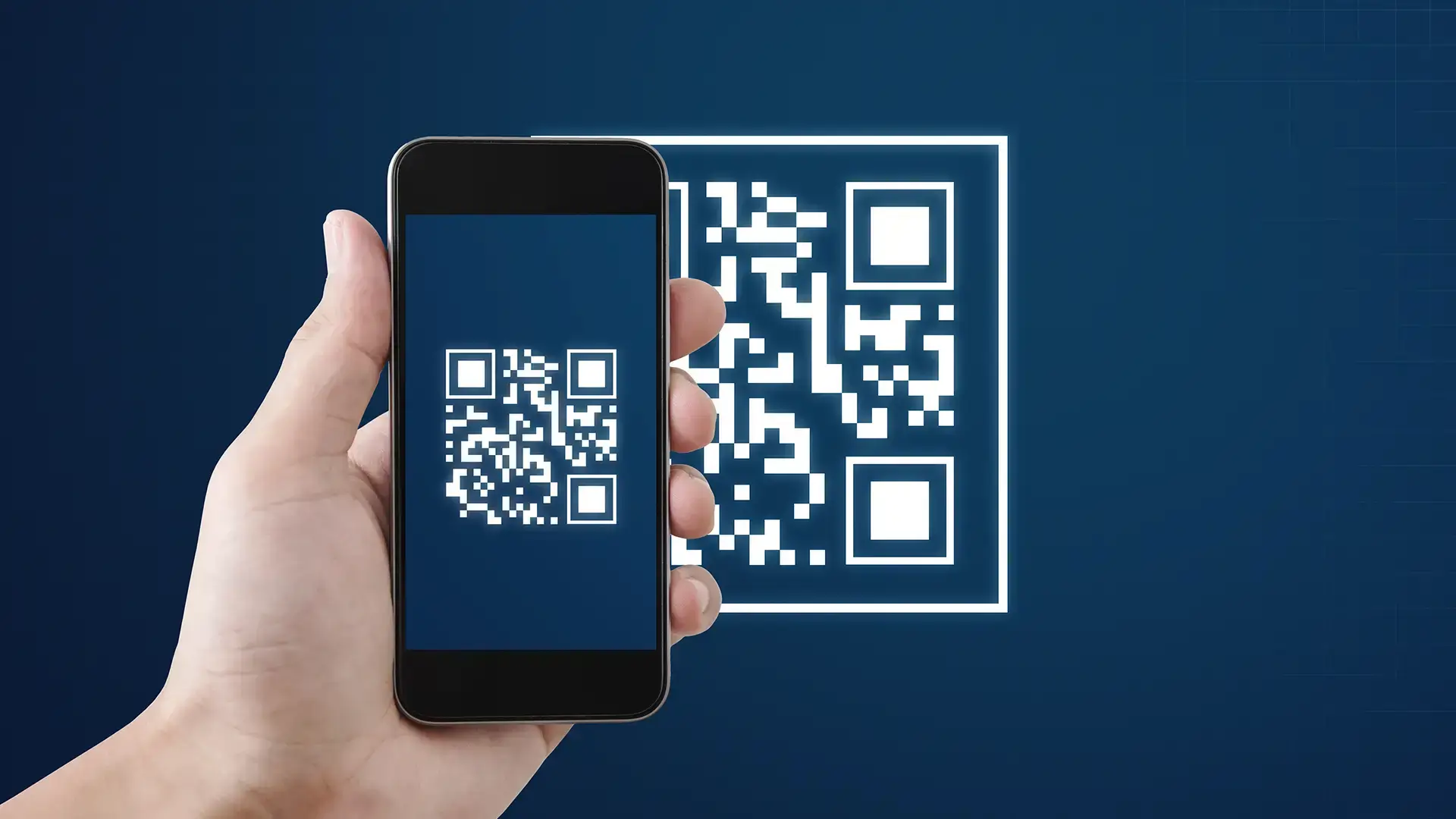A QR code, or Quick Response Code, is a two-dimensional grid of tiny squares (matrix) that make up a barcode, which is usually machine-readable and holds individual information.
The QR code system was invented back in 1994 by Denso Wave, Toyota’s subsidiary. The main purpose of the QR system in the beginning was to track vehicles during the manufacturing process with its high-speed component scanning capabilities. Now, almost 20 years later, due to its greater storage capacity and fast readability, the QR system is one of the most popular and widely used two-dimensional barcodes.
How is a QR code different from a standard barcode?
A standard barcode is only able to encode data in the horizontal plane, whereas QR codes are able to encode data horizontally and vertically. QR codes can be read from any angle and because of these facts QR codes are able to encode much more data and are used for more tasks than traditional standard barcodes.
A standard barcode is only able to read a barcode when properly aligned, and is only able to then match the barcode to a product’s name, price and inventory. But QR codes can embed that same information within the code itself.
QR codes are also mobile phone readable. And what that means is that with a QR code, you’re able to also embed a URL into this barcode type. Then, if you have a mobile phone that has QR Code decoding software installed on it, all you have to do is simply point your mobile device at the barcode and it will instantly bring up a web browser and go directly to the URL that is embedded within the barcode. You’re also able to instantly download files from your mobile device.
What are QR codes used for?
QR codes are able to link easily and quickly to content on smartphones and are used for many things around the world. Here are some of the many uses of QR codes;
- shortening links for marketing and advertisement purposes, such as in adverts,
- a “digital business card” enabling users to share contact information and social network links,
- to link directly to apps within their respective marketplaces,
- tracking parking meters,
- send pre-written emails or SMS messages,
- to guide visitors to nearby shopping districts or parking locations through Google Maps,
- and, coupons,
Organisations such as Google use QR codes to help promote itself, along with many local businesses within the Google Places business directory. This directory includes coupons, reviews and business contact information.
Are QR codes “dead” yet?
It seems that some people think so, due to the fact that QR Codes are quickly being replaced by invisible ink and augmented-reality apps. With many of these new apps, all users have to do is simply run their smartphones over the content to immediately retrieve enhanced features. With that said, QR Codes are still widely-used, but seem to be in a race against the increasing sophistication of mobile devices and applications.




